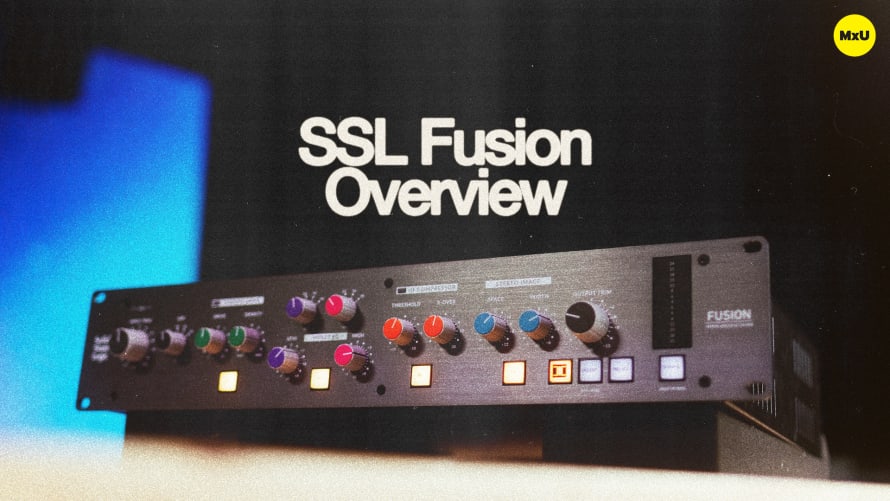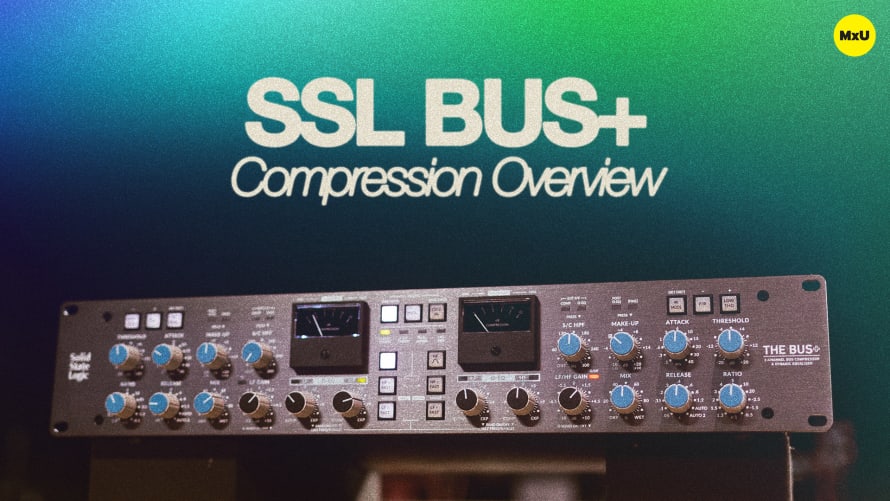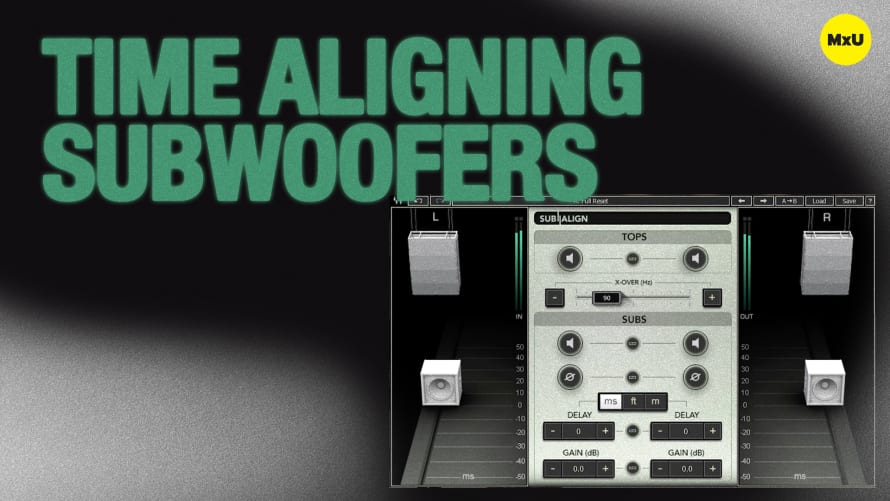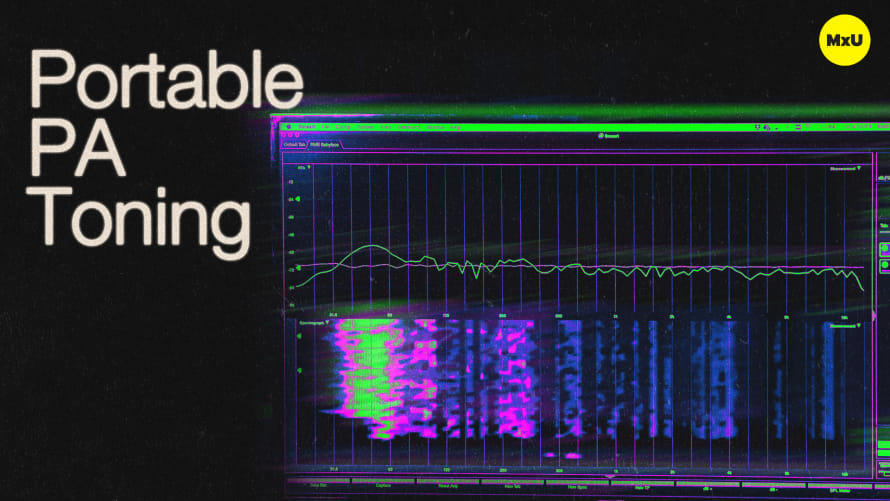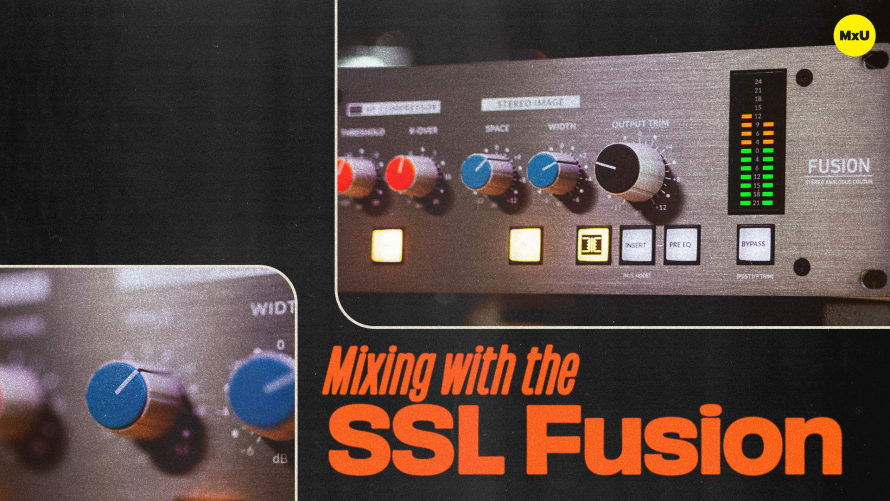
Premium
Sign up to watch Floating Point Processing and gain access to 500+ more Premium MxU videos.
Team
$99 .95
Per month, billed monthly.
For worship & tech teams
$83 .29
Per month, billed yearly.
For worship & tech teams
- Full course & video library
- Add your team
- Assign training
- Automated training workflows
- Create your own courses & videos
- Multi-campus support
- Organize with groups
Solo
$19 .95
Per month, billed monthly.
Just you, full content library
$16 .63
Per month, billed yearly.
Just you, full content library
- 889+ training videos
- Full course & video library
- Add your team
- Workflows, assignments, create courses & videos
More Premium Videos
Floating Point Processing
No actions available
Does your audio console operate in “Floating Point Processing”? If it does, you might be asking yourself if you even need to use it. Charlie and Jeff explain the advantages and pitfalls of Floating Point. If used right, this feature could possibly save your recording!
Key Points:
Key Points:
- Floating point processing gives audio engineers the opportunity to process and record with a lot more headroom without clipping. This feature gives you a ton of flexibility. But, be careful! At some point that audio has to be converted back to analog. Know your limitations!
- In any type of digital processing, it’s important to know the signal flow map and where the A/D and D/A conversion is taking place in the chain.
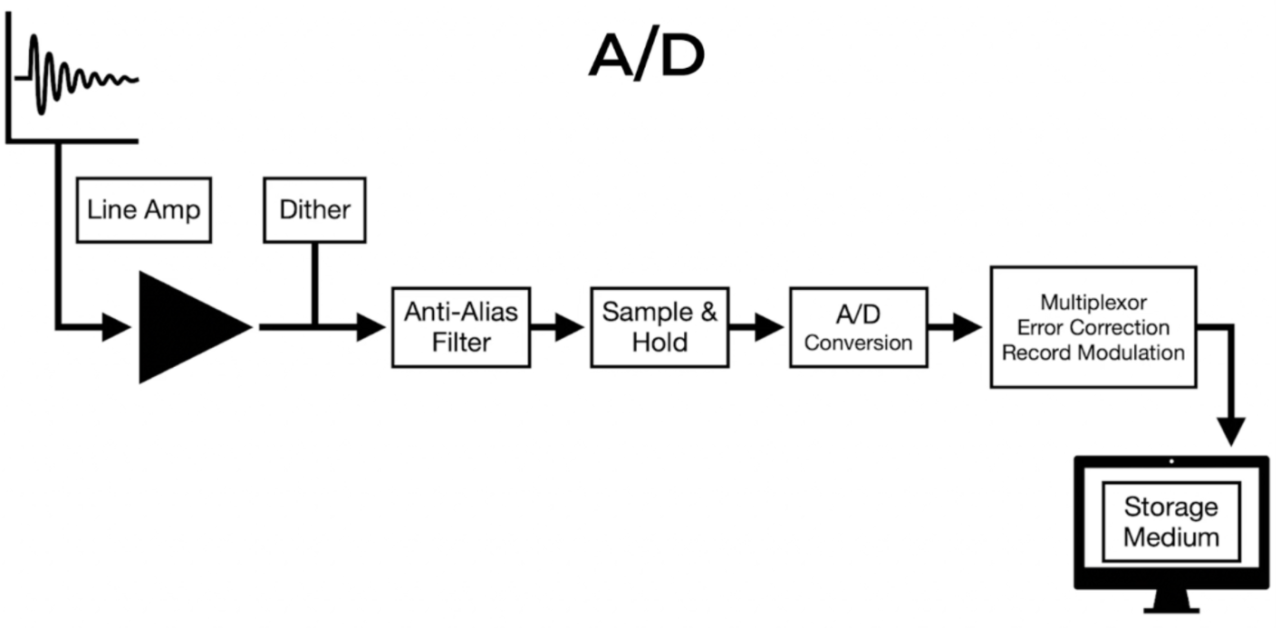
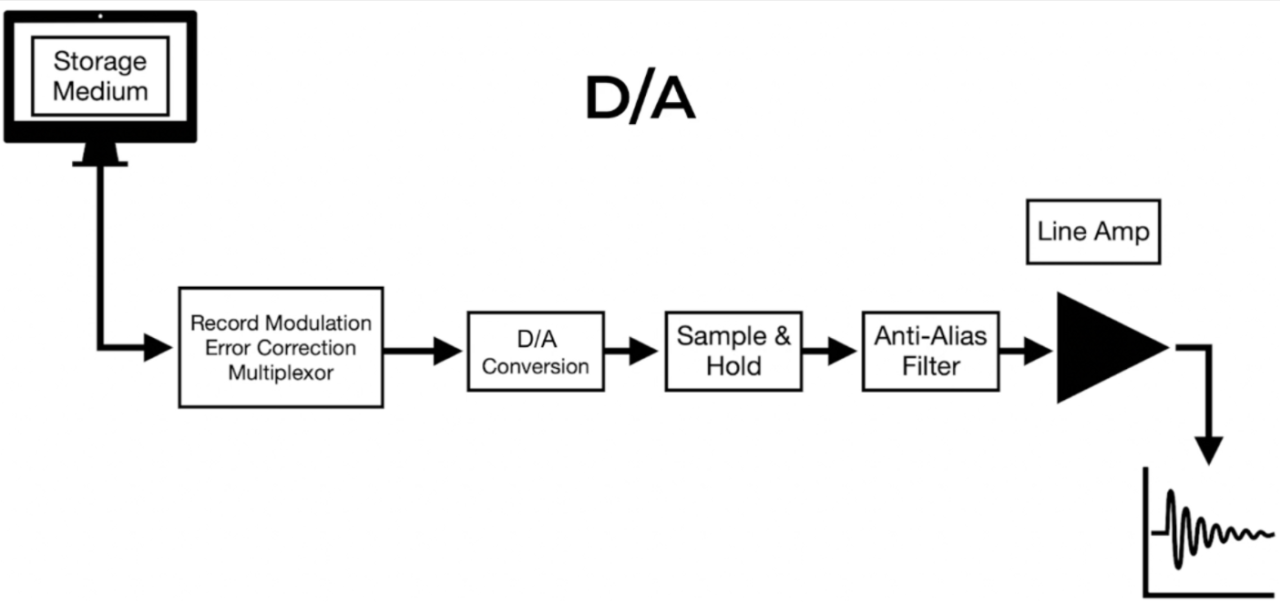
- Sample rate=frequency. Bit depth=amplitude. The sample rate and bit depth need to match in each converter in the signal flow. If the sample rate and bit depth don’t match, your audio may become unusable.
- Tools like a studio master clock and SRC (Sample Rate Conversion) can help ensure that all of the sample rates in each converter match.
Topics
Categories
Audio
101
Premium Videos
Nothing added

